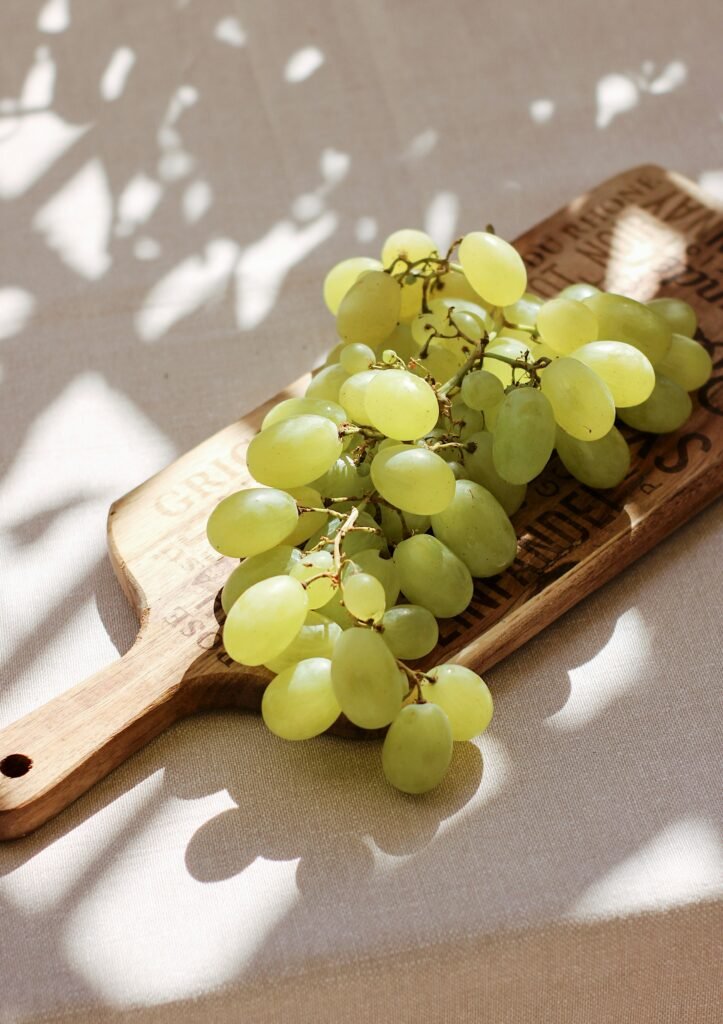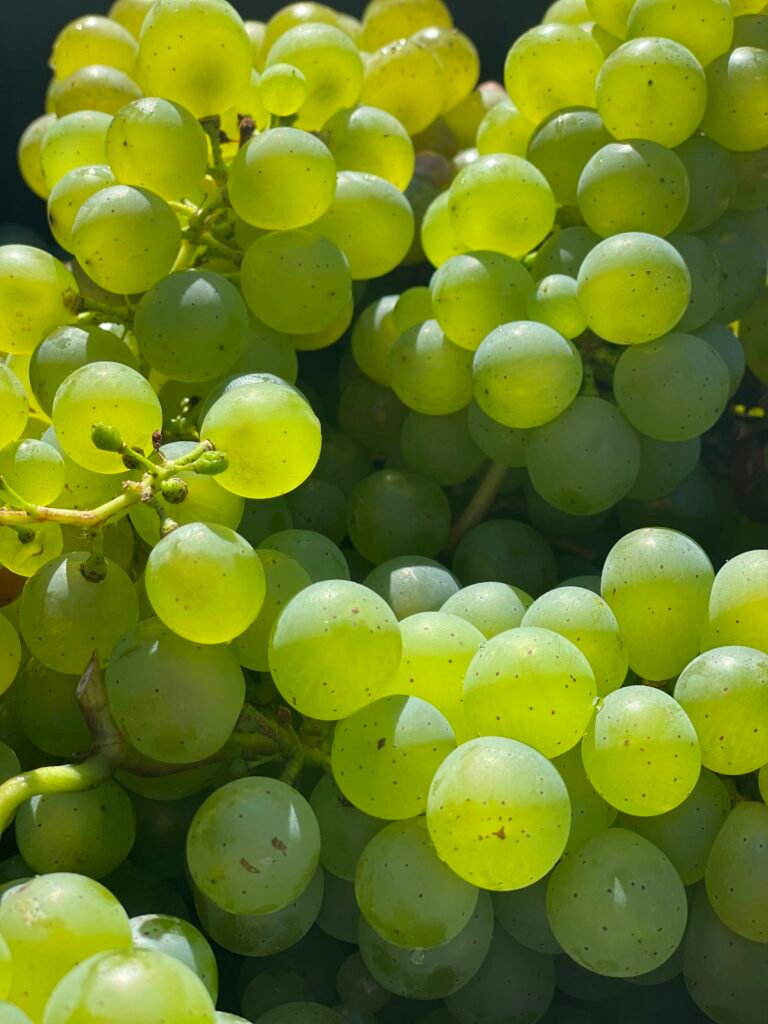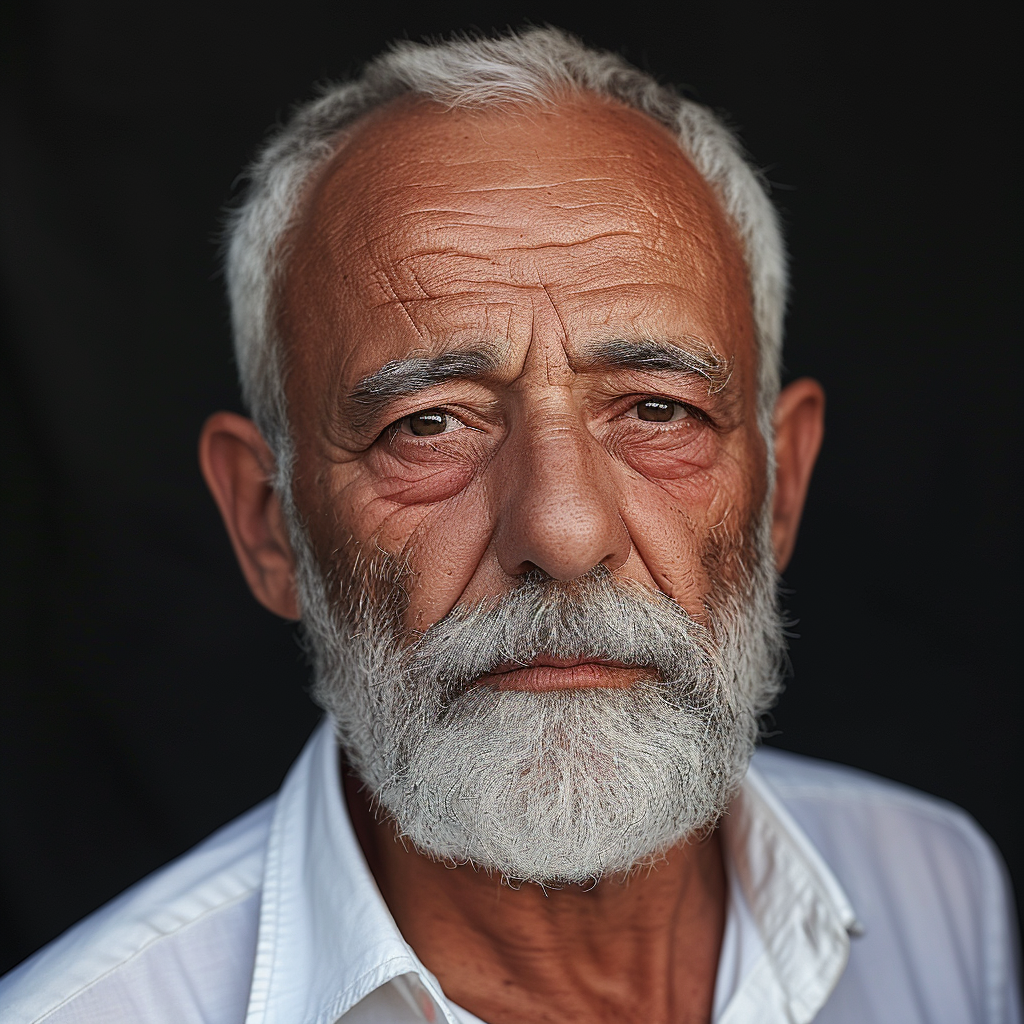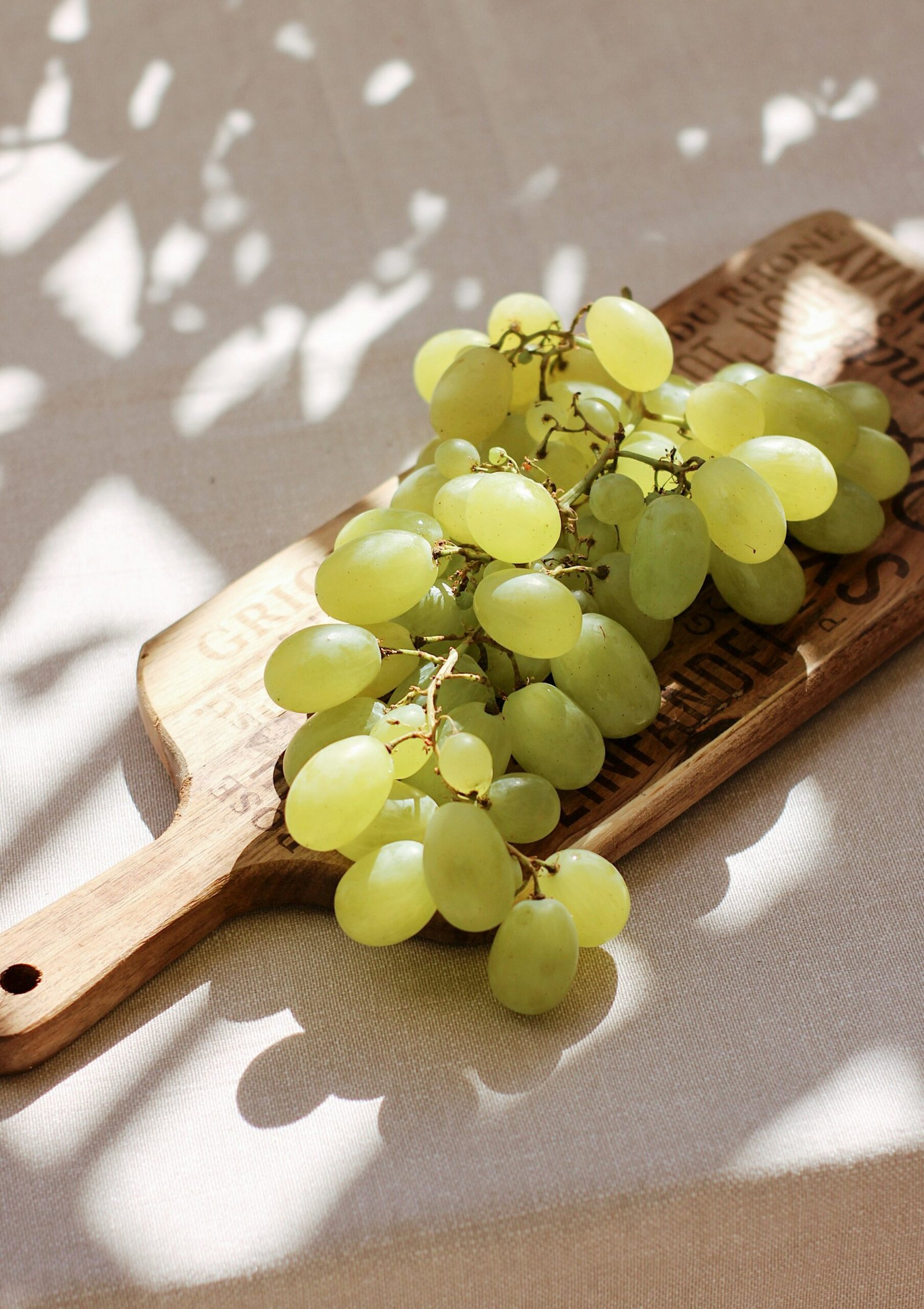In “Learn by Tasting: Episode 31 – Exploring Human-Designed Grapes,” Wine Folly takes you on a sensory journey to discover a grape that was specifically created to withstand hot climates and resist diseases. You’ll be guided through a blind tasting to determine whether this unique grape passes the taste test. Along the way, you’ll also learn about other human-designed grapes like Alicante Bouschet and Pinotage, and how they fit into the fascinating history of wine. So grab a glass and get ready to delve into the world of inventing new grape varieties – it’s a captivating adventure that will enhance your wine knowledge. Salut!
In a surprising development, Gala apples have overtaken Red Delicious as America’s most popular apple. But did you know that Gala apples were actually designed by humans? While it’s common to find apples that have been selectively bred by people, the same cannot be said for wine grapes. This episode explores the concept of human-designed grapes and challenges you to identify the grape in the wine you’re tasting. Will you correctly identify whether it’s Pinotage from South Africa, Alicante Bouschet from Portugal, or Marselan from Spain? Join Wine Folly on this enticing journey to uncover the secrets behind these intriguing grapes. So, get ready to learn and taste along as you embark on a thrilling exploration of the world of wine. Salut!
Episode 31 – Exploring Human-Designed Grapes

Introduction to the blind tasting
Welcome to another episode of Learn by Tasting! In today’s blind tasting, we have a unique wine that was created specifically to survive hot climates and resist diseases. The question we’re here to answer is: does it pass the taste test? Join us as we dive into the world of human-designed grapes and explore the characteristics of this intriguing wine.
Description of the wine’s appearance and aroma
Let’s start by taking a look at the wine in our glass. It has a deep purple color that is rich and extracted. When we give it a sniff, we are greeted with enticing aromas of blackberry, preserved plum, savory dried black olive, and a hint of violet. There is a lot of complexity here, with black fruit flavors layered alongside a savory quality and earthiness. It has an old world style that suggests the wine was fermented with wild yeasts, adding to its unique character.
Analysis of the wine’s flavors and characteristics
Moving on to the flavors and characteristics of the wine, we can first discuss its tannins. These tannins are not smooth oak tannins but rather grippy grape tannins that hit the front of your mouth and linger on the midback palate. This wine also showcases a creamy mid palate, which is a result of undergoing Malolactic fermentation, a common process in red wine production. The finish of the wine leaves us with a ripe savory olive note, complementing the overall flavor profile. With its pronounced tannins and structure, we can infer that this wine likely comes from a sunny place.
Introduction to human-designed grapes
Now, let’s delve into the concept of human-designed grapes. Just like the invention of gala apples, where humans played a role in creating a popular apple variety, it is also possible to design new grape varieties specifically for winemaking. However, unlike the abundance of designed apples, human-designed grapes are much less common in the wine industry. Today, we have the opportunity to explore some examples of these extraordinary grape varieties.

Explanation of Pinotage
One of the grape varieties we will uncover is Pinotage. Created in 1925 by Professor Abraham Perold in Stellenbosch, South Africa, Pinotage is a cross between Pinot Noir and Cinsaut grapes. The goal was to combine the quality of Pinot Noir with the productivity and heat resistance of Cinsaut, resulting in a unique wine that often possesses full-bodied characteristics, elevated alcohol, and flavors of blackberry, fig, mint, and even wild game. Pinotage has carved out a distinct place in the world of wine.
Explanation of Alicante Bouschet
Another fascinating grape variety is Alicante Bouschet. This grape is rare, featuring both red skins and red flesh. It was invented by Henri Bouschet in 1866 in southern France. Alicante Bouschet is a cross between Grenache and another grape variety called Petit Bouschet, which was also created by Henri Bouschet. The resulting red wine from Alicante Bouschet is known for its fruity nature and high color intensity, making it a unique addition to the world of wine.

Explanation of Marselan
Lastly, we have Marselan, a cross between Grenache and Cabernet Sauvignon. Its creation can be attributed to Paul Truel in 1966 in southern France. The goal was to develop a grape variety that would be both productive and high quality, while also thriving in warm Mediterranean climates. Marselan offers up a combination of black and red fruit flavors, along with distinct savory olive and floral notes. It has gained recognition for its unique characteristics and versatility in winemaking.
Comparison of the wine’s characteristics with the grape varieties
Now, let’s connect the dots and compare the characteristics of the wine in our glass with the grape varieties we’ve just discussed. As we analyze its profile, we can see resemblances to all three grapes: Pinotage, Alicante Bouschet, and Marselan. However, the wine is ultimately revealed to be Maia de la Roqua from Terragona, Spain. It is a blend of 50% Marselan and 50% Cabernet Sauvignon, showcasing the influence of both grape varieties in its flavor and structure.
Reveal of the wine’s identity
We’ve uncovered the identity of the wine! It’s Maia de la Roqua, a unique blend showcasing the characteristics of Marselan and Cabernet Sauvignon. This wine offers a perfect balance of fruitiness and structure, making it a truly beautiful blend. It’s fascinating to see how the process of inventing new grape varieties can lead to such exciting and delicious wines.
Interview with the winemaker
To gain further insights into Maia de la Roqua, we have the opportunity to hear from the winemaker, J Cams. In the midst of the vineyard in Marcan, Spain, he explains the origin of this remarkable wine. It is a blend of 50% Marselan and 50% Cabernet Sauvignon. The grapes are carefully picked, and the fermentation process involves extended skin contact and low-temperature fermentation to preserve the wine’s aromas. J Cams believes this blend achieves the perfect balance of fruitiness without being too heavy.
Conclusion
In conclusion, we have delved into the fascinating world of human-designed grapes and explored the characteristics of Maia de la Roqua from Terragona, Spain. This blind tasting experience has shed light on the process of inventing new grape varieties, allowing us to discover unique and captivating wines. We encourage you to continue learning about wine and embark on your own wine tasting adventures. Stay tuned for more tasting tips and join us on this exciting journey. Cheers!

Franco Deville, an esteemed wine connoisseur and author, is the visionary behind “Wines of Madeira.” His extensive background in viticulture and wine tasting enriches his detailed guide on Madeira wines. Franco’s dedication to traditional winemaking and innovative approaches has established him as an influential voice in the wine community.

